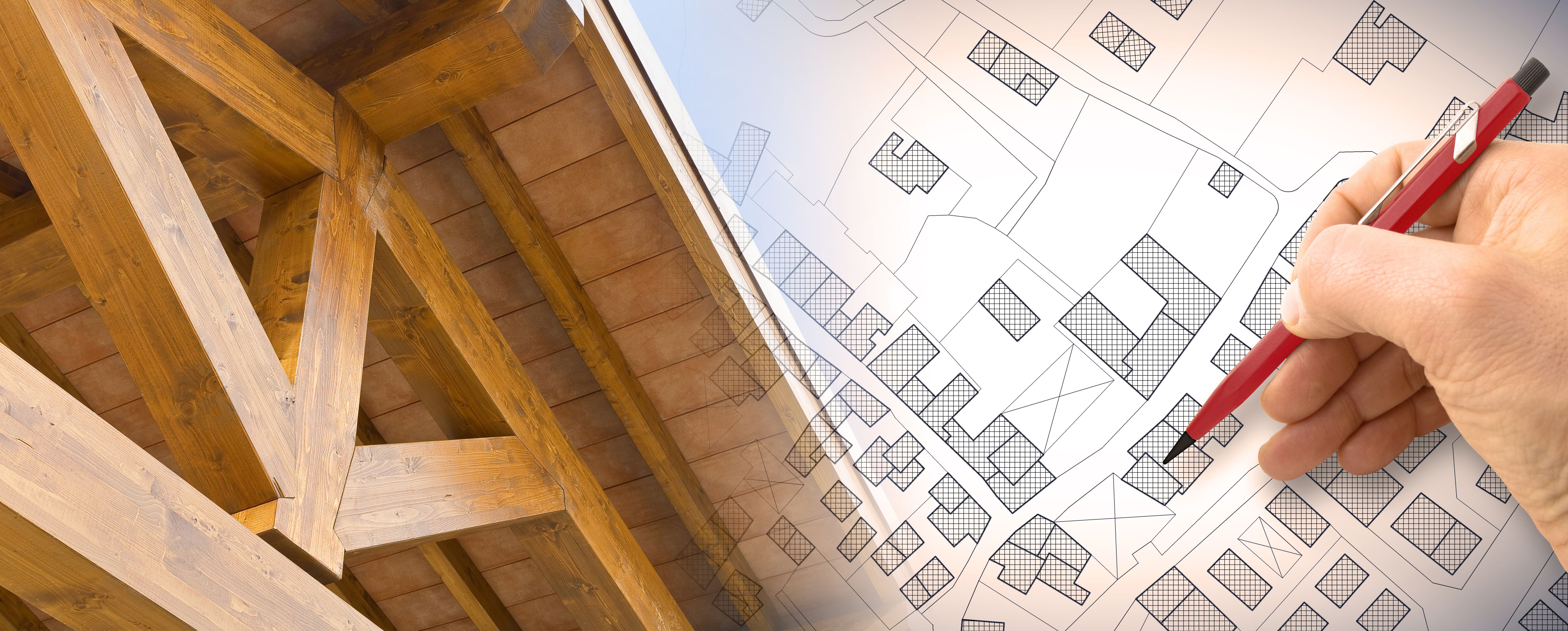Three Ways Architecture Can Combat Climate Change
Read the featured articleHow can architecture help climate change? In this post, we consider three architectural solutions that can have a big impact on bringing down the construction industry’s carbon footprint.
Every time we switch on the news, we seem to be bombarded with terrifying images of droughts, wildfires, floods and deforestation. Climate change is – and there’s no doubt about it – a reality. And with it, beyond the flurry of natural disasters, comes increased poverty, disease, famine and conflict. This begs the question: what can we do to combat it? The answer is that each and every one of us, and each and every industry, must do its bit to propagate profound and widespread change.
Construction produces a large proportion of the greenhouse gas emissions that contribute to higher global temperatures. According to the 2022 Global Status Report for Buildings and Construction, a publication that gives a yearly round-up of whether the sector is aligned with the Paris Agreement goals, revealed that the construction industry accounted for around 37% of energy- and process-related CO2 emissions and over 34% of energy demand globally.
It is clear then that there needs to be a set of architectural responses to climate change, both in terms of making the construction process greener, but also making buildings more energy efficient. In the rest of this post, we’re going to lay out three ways your architecture studio can make its work kinder to the environment.

1. Choose sustainable materials, like timber
The manufacturing of materials like steel, concrete, aluminum and foam insulation generate high levels of greenhouse gases and come at a high price for the environment. Fortunately, there are more sustainable options out there.
Timber, like Garnica plywood, is an environmentally friendly material choice. The reason for this is two-fold. Firstly, timber absorbs CO2, reducing the levels of the greenhouse gas in the atmosphere. And secondly, Garnica plywood is mostly manufactured from sustainably managed EU plantations that contribute to reforestation rather than deforestation. And not only that: timber makes an excellent alternative to its higher polluting counterparts for both structural and decorative applications.
2. Integrate renewable energy systems
Architects’ overall goal should be to make their buildings carbon neutral or – better still – carbon negative. The term carbon neutral means that the building in question does not contribute any CO2 to the atmosphere over its lifetime, taking into account construction, the materials used to build it, and the resources required to run and decommission it. Carbon negative takes this a step further, with buildings actively removing more carbon than they emit.
To achieve this goal, you can choose to integrate renewable energy solutions rather than traditional systems. There are countless options available, from air-source heat pumps and solar panels to solar heating, biomass systems, and renewable electricity supply. Choosing timber over other materials also helps lower a building’s carbon footprint, thanks to wood’s carbon sequestering properties.
3. Favor retrofits over new builds
Demolition and construction come with a big carbon footprint while retrofitting or upgrading is a more sustainable option. This means remodeling an existing building to meet high-performance standards to improve its energy efficiency.
The benefits of this are many. Not only does it avoid the high levels of emissions that come with demolition, retrofits keep existing materials in use for longer, preventing the production of new building materials and the subsequent generation of greenhouse gases. Retrofits are highly successful in reducing a building’s annual carbon dioxide emissions.

Architecture and global warming don’t have to go hand in hand. Start your journey towards sustainability today by discovering where you can source Garnica plywood which you can use in your next eco-friendly construction project.
